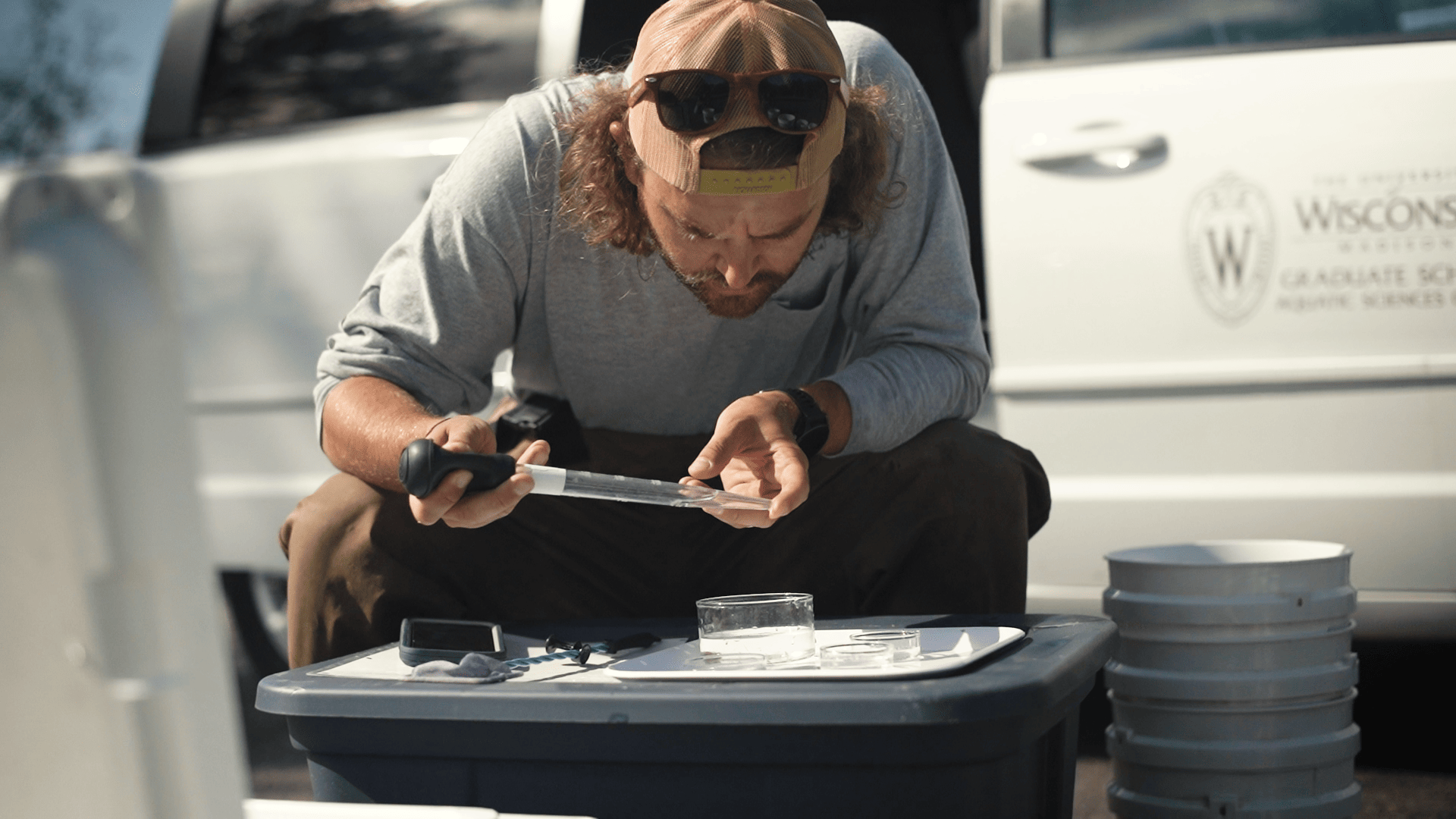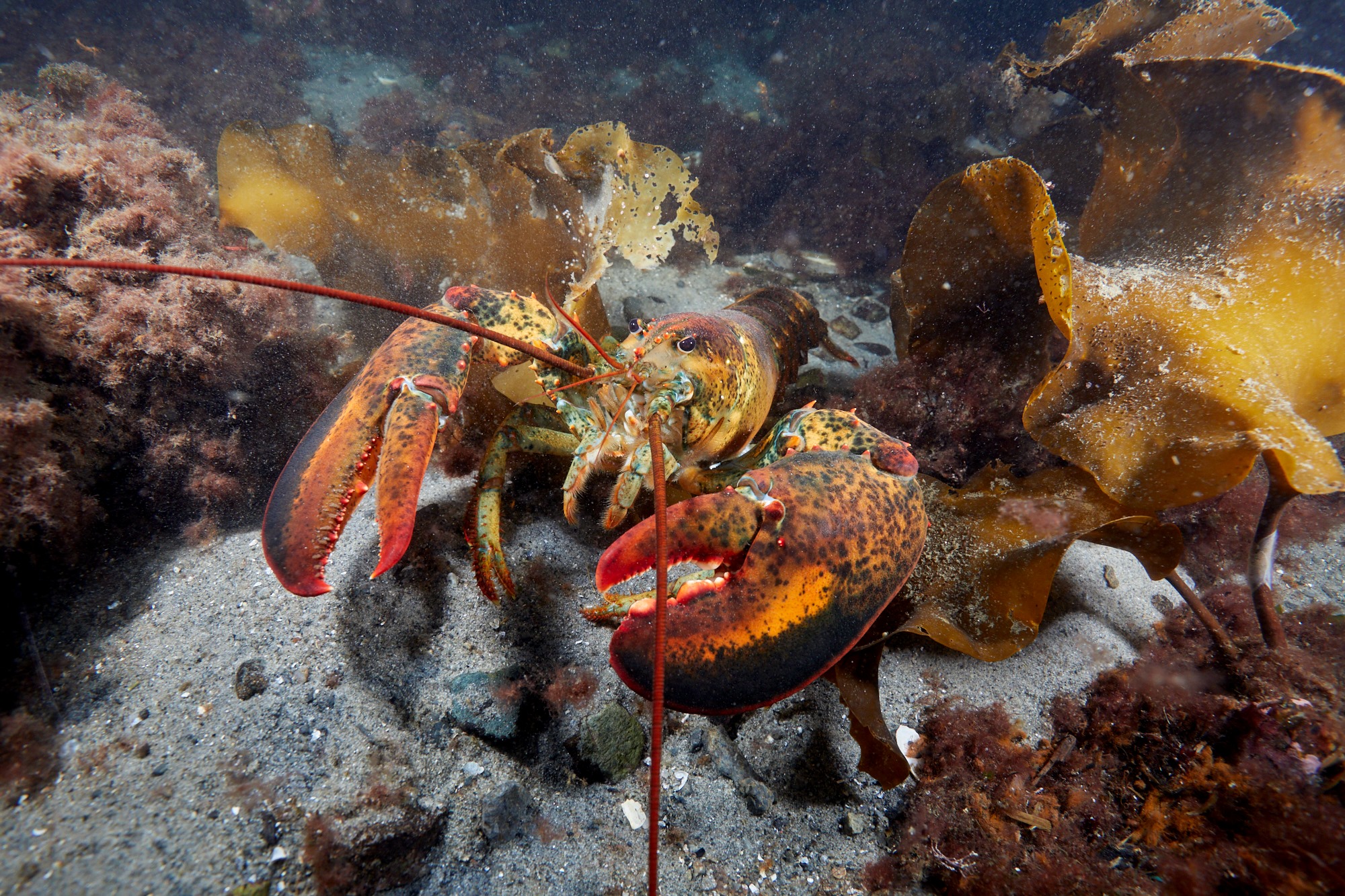“There’s a worm on my oyster!”
Some social media topics can be factual or fiction, and a recent one complaining of a red worm on an oyster being served on the half-shell at a restaurant leans towards both.
Oysters along the Gulf of Mexico are mostly harvested from both public and private oyster reefs. Oyster reefs are very important along our coasts, where the oysters, growing their own shells, build habitat that attract all sorts of other estuarine organism, creating a localized “food web.” Some organisms form a symbiotic relationship with the oyster, a special interaction between two different species, that may be beneficial or harmful to each other.
Such is the case with Polydora websteri, a marine worm that will make its home inside a live oyster shell, creating an unsightly muddy blister along the interior edge. Hence, they are generically called “mud worms” and are part of the family of segmented worms known as polychaetes, meaning “many bristles” for the opposing rows of paddle-like appendages attached to each segment of their bodies.
“Mud worms can be very common on oysters served in our local restaurants,” said John Supan, professor and director of Louisiana Sea Grant’s Oyster Research Laboratory on Grand Isle. “They tend to abandon their mud burrows after the oyster has been removed from the water and actually can be a sign of fresh harvest.
“They are absolutely harmless and naturally occurring,” he added. “If a consumer is offended by it while eating raw oysters, just wipe it off and ask your waiter/waitress for another napkin. Better yet, if there are children at the table, ask for a clear glass of water to drop the worm in. They are beautiful swimmers and can be quite entertaining.”
Since its establishment in 1968, Louisiana Sea Grant has worked to promote stewardship of the state’s coastal resources through a combination of research, education and outreach programs critical to the cultural, economic and environmental health of Louisiana’s coastal zone. Louisiana Sea Grant, based at LSU, is part of the National Sea Grant College Program, a network of 33 university-based programs in each of the U.S. coastal and Great Lakes states and Puerto Rico.


